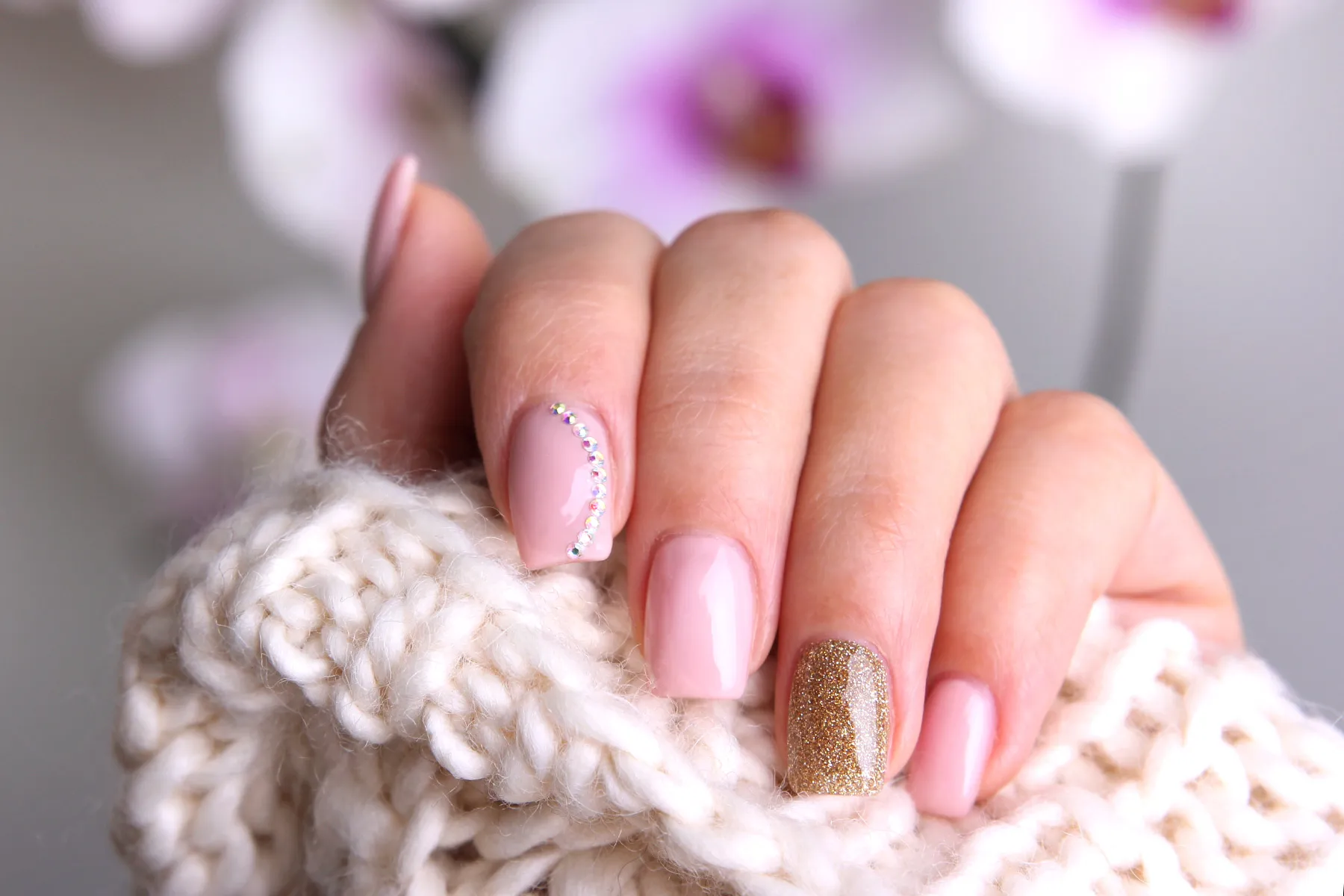Severe Allergic Reaction To Acrylic Nails

An allergic reaction is most commonly due to wet nail enamel but some patients may also react to the dried enamel.
Severe allergic reaction to acrylic nails. This photograph is of a client that has experienced a severe allergic reaction to acrylics. The lifted nail plate will grow forward as new cells replace the old. Methacrylate chemicals can cause a severe itchy rash anywhere on the body not just.
Breathing problems can also occur however this is very rare according to BAD. This week Teresa wrote in again after learning she has an acrylic nail allergy. While acrylic nails are generally safe some people may have an allergic reaction to the components of the acrylic nails or the adhesive used to apply them.
Toxicity of dental materials could be responsible for allergies to. Other reported causes of dermatitis to nail enamels include allergy to the solvent butyl acetate and discolouration of the nail surface especially around the cuticle area caused by colourants. The most common allergy-causing agents found in nail products are formaldehyde and to a lesser extent methyl methacrylate MMA.
7 As of today due to easy access to beauty service or even do-it-yourself DIY kits methacrylate allergy has undergone an occupational shift toward beauty industry and incidence of acrylate ACD in both nail beautician and customers - generally women - are trending upwards. Other dental materials such as crowns fillings and denture frameworks may cause these types of reactions. The amount and.
While most of these have involved nail technicians we had a recent worrying case of a consumer who had purchased products for home use on the internet. Within few hours youll see severe allergic reaction when you use acrylic nails. E patch testing except possibly in the second case would not have revealed allergic sensitivity since the sensitivity developed only after the use of the material for from two to four months.
None of the paronychial reactions became pustular or required incisions. The most common allergic reaction to acrylics is separation of the nail plate from the nail bed onycholysis. Since ALL artificial nail products are made with some form of acrylic you will experience the same reaction.









